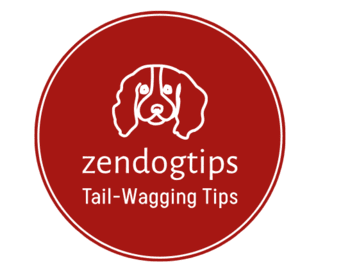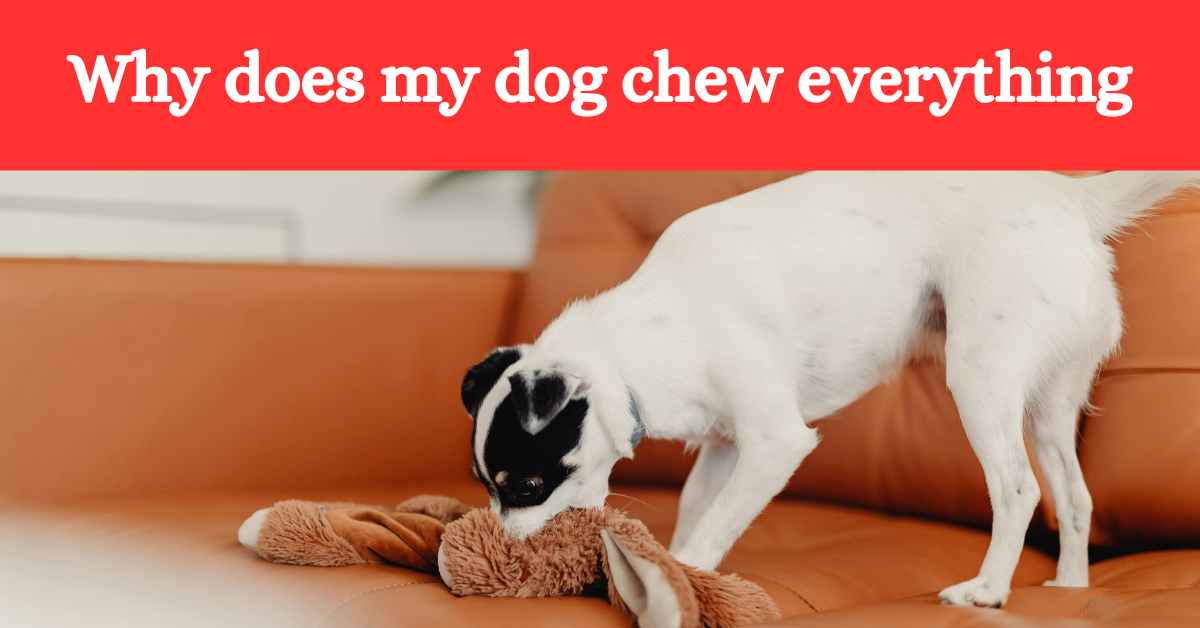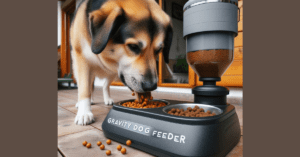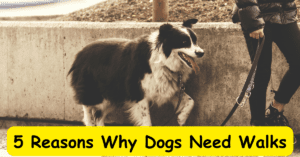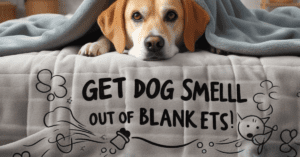Introduction:
If you’ve ever come home to find your favorite shoes shredded or the couch cushions looking like they’ve been through a war zone, you’re not alone. Chewing is a natural behavior in dogs, woven into their instincts. However, when it escalates to excessive chewing, it becomes more than just an inconvenience; it’s a signal that something might be amiss. Understanding why your furry friend has this gnawing habit is the first step toward finding lasting solutions.
In this article, we’ll explore common reasons why dogs chew everything they see and provide practical advice to guide you towards solving this issue. We’ll delve into instincts, boredom triggers, and even stress factors contributing to your pet’s destructive tendencies. Whether you’re a new puppy parent or a seasoned dog owner experiencing these challenges for the first time, we’ve got solution-oriented insights designed just for you. So let’s get started on turning those frantic teeth into gentle paws!

Reasons Dogs Chew:
One of the primary reasons dogs chew is due to their natural instincts and developmental stages, particularly evident in puppies. For instance, as puppies grow, they go through a teething phase where their gums become sore and uncomfortable. This discomfort naturally leads them to seek relief by chewing on anything they can find. Be it your favorite sneaker or the leg of a cherished antique table. However, this instinctive behavior isn’t only confined to puppies; adult dogs also have an inherent need to chew as part of their exploratory nature and oral health maintenance.
Boredom and lack of mental stimulation are other significant contributors to excessive chewing in dogs. Imagine being cooped up with nothing but four walls for company; you’d likely find some way to keep yourself entertained too! Dogs are intelligent creatures that require regular mental engagement and opportunities to exert their energy positively. Without adequate outlets for these needs, dogs may resort to chewing random objects around the house as an escape from monotony or simply because there’s nothing else vying for their curiosity.
Teething Troubles:
Teething can be a challenging phase for both puppies and their owners, marked by noticeable changes in behavior and an increased need to chew on just about anything. Recognizing when your puppy is teething involves observing signs such as swollen or bleeding gums, drooling more than usual, and a heightened desire to gnaw on objects they shouldn’t. Puppies may also show irritability and reluctance to eat due to gum soreness. Understanding these signals will help you provide the necessary tools and care to soothe their discomfort.
To alleviate teething troubles, offering appropriate chew toys is crucial. Look for toys specifically designed for teething puppies, which are typically made from softer yet durable materials that massage sore gums without causing damage. Examples include rubber rings or flavored nylon bones that entice your puppy while effectively reducing gum inflammation. Additionally, some toys can be frozen before use; the cold helps numb painful areas much like how an ice pack soothes a bruise. It’s worth experimenting with different textures and flavors to discover what best attracts your pup’s interest.
Boredom Busters:
Boredom can be a huge contributing factor to your dog’s penchant for chewing on anything and everything within reach. One of the best ways to counteract this is by engaging your pet with interactive toys and games tailored to stimulate their minds and satisfy their natural curiosity. Toys like treat-dispensing balls or interactive tug toys offer both physical activity and mental engagement, which can hold your dog’s attention longer than regular toys. Games such as hide-and-seek using toys or treats around the house not only provide amusement but also tap into their instinctual hunting behaviors.
Equally important is establishing a consistent routine that incorporates ample playtime and exercise. Dogs thrive on routine, and by carving out specific times throughout the day dedicated to physical activity, you help burn off excess energy that might otherwise contribute to destructive behavior. Depending on your dog’s size, breed, and energy level, activities can range from daily walks or runs in the park to more structured agility exercises. Furthermore, engaging in these activities together strengthens the bond between you and your canine friend while ensuring they remain happy and healthy.
Introducing puzzle feeders into your dog’s regimen can also serve as an excellent strategy for staving off boredom-induced chewing habits. These feeders challenge your dog to solve puzzles in order to access their food or treats, transforming mealtime into an enriching experience that occupies both time and focus.
Recognizing Anxiety Indicators:
Anxiety-induced chewing in dogs can manifest through various behavioral changes that pet owners should be aware of. If you’ve noticed your dog gnawing on furniture, shoes, or even their own paws, it could be an outlet for alleviating stress or anxiety. Other indicators might include restlessness, whining, excessive barking, or destructive behavior occurring primarily when you’re not at home. Dogs often resort to chewing as a coping mechanism similar to how some people bite their nails when stressed. It’s crucial to observe these patterns and assess whether the triggers stem from environmental factors such as loud noises, separation anxiety, or significant lifestyle changes.
When you identify signs of anxiety-related chewing, seeking professional training or behavioral advice can be invaluable. A qualified dog trainer or animal behaviorist can work with you to understand the specific causes behind your dog’s distress and develop a tailored plan to mitigate them. They may suggest behavior modification techniques like desensitization or counter-conditioning exercises that help your dog overcome their fears by gradually introducing stressors in a controlled setting while rewarding calm responses.
Creating a tranquil environment is equally important in managing your dog’s anxiety levels. Consider allocating a quiet space where your dog feels safe during stressful situations such as storms or fireworks displays. Incorporating calming aids like pheromone diffusers or soothing music can also help establish a serene atmosphere for your pet.
Health Checks and Chewing:
Just as we experience cravings when missing essential nutrients or facing discomfort, dogs too may resort to chewing as a means of signaling underlying health issues. Consulting a veterinarian is crucial for ruling out potential medical causes behind excessive chewing behaviors. Physical discomfort stemming from dental problems, ear infections, or gastrointestinal issues can lead to an increase in gnawing habits. A thorough health examination can identify such pain-driven tendencies and facilitate targeted treatment that curbs the unwanted behavior.
Regular dental check-ups play a pivotal role in maintaining your dog’s well-being and can directly impact their chewing habits. Dental diseases, such as periodontal disease or tooth decay, are common among dogs, causing significant oral discomfort which might compel them to chew excessively as they attempt to alleviate pain. Routine cleaning and maintenance will help manage tartar build-up and prevent future dental issues, ensuring your pup’s mouth remains healthy and comfortable enough not to require constant relief through destructive chewing.
Training Techniques to Stop Excessive Chewing:
One effective method to curb undesirable chewing behaviors is through positive reinforcement. Dogs respond well to rewards, so whenever they chew on appropriate items like their designated toys instead of your furniture or shoes, be sure to praise them enthusiastically. Give them a treat or extra affection as a reward. This technique encourages your dog by showing them that good behavior earns pleasant outcomes. For instance, when your pup drops the shoe they’ve picked up and opts for their chew toy instead, acknowledging this choice solidifies the connection between right actions and rewarding experiences.
Setting boundaries with redirection methods can also play a crucial role in managing excessive chewing. When you catch your dog gnawing on something inappropriate, calmly interrupt the behavior with a firm “no” and then guide them toward something suitable to chew on. It’s imperative not to shout or scare them; the objective is gentle correction rather than punishment. Offering an exciting alternative—perhaps a peanut butter-filled Kong—can deter habitual patterns and help realign their focus onto allowed chewing activities.
Consistency and patience are vital components in successfully implementing these corrective actions. Chewing habits don’t change overnight, so it’s important to stay persistent with training routines. Regularly reinforce established rules and monitor your dog’s progress closely without getting frustrated by inevitable setbacks. If all family members provide consistent responses to unwanted behavior and adhere uniformly to redirection strategies, dogs learn which behaviors garner approval more efficiently. Through dedication and perseverance, you’ll cultivate better understanding in your furry friend regarding what constitutes acceptable chewing habits within the household.
Choosing Suitable Chew Toys:
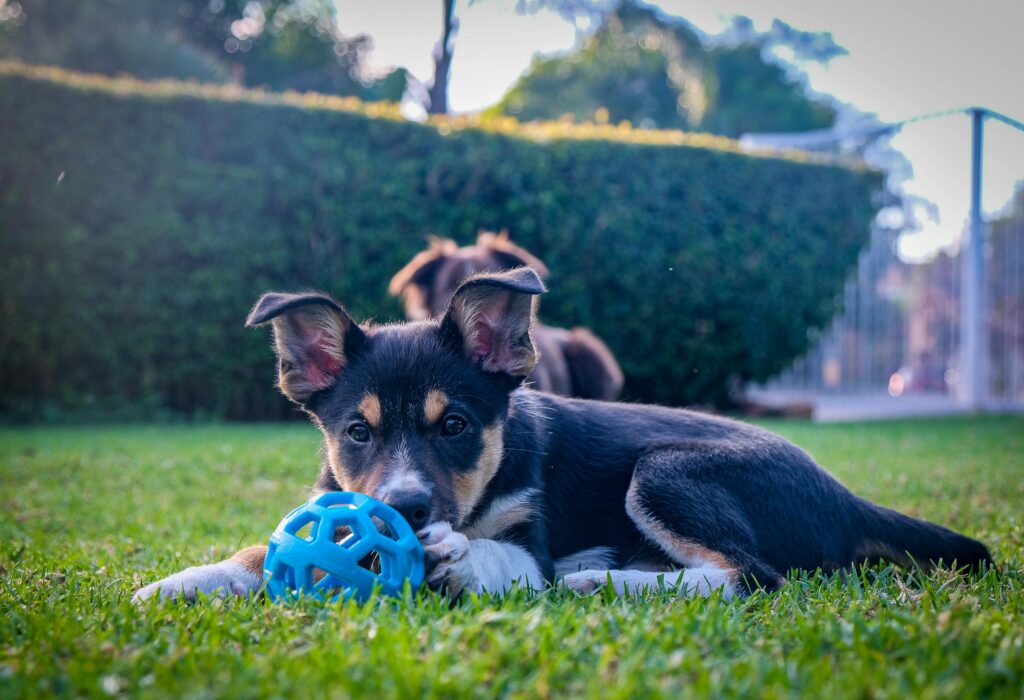
Selecting the right chew toys for your dog plays a pivotal role in managing chewing behaviors. It’s essential to choose durable toys that match your dog’s size and breed to ensure they are both safe and enjoyable. For instance, small breeds might thrive on smaller, softer toys like rubber balls or plushies, while larger breeds may require sturdier options such as Kong toys or heavy-duty rope chews designed to withstand strong jaws. By selecting appropriate-sized toys with materials robust enough for your specific pooch, you not only provide an outlet for their need to chew but also help in protecting items in your home.
Safety is another crucial factor when it comes to choosing the ideal chew toy. Avoid any toys that can pose risks of choking or those that could potentially damage teeth. Items with small parts that can be easily swallowed or those that fray under pressure should be off the list, particularly for vigorous chewers prone to breaking things apart quickly. Hard bones can be tempting but often pose dental hazards; opting instead for flexible but resilient options minimizes injury risk. Always supervise initial playtime sessions with new toys to gauge their safety before adding them into regular rotation.
To keep your dog’s interest piqued, consider rotating their selection of chew toys regularly. Just like people grow tired of doing the same activity repeatedly, dogs also crave novelty and variety in their playthings. You can maintain engagement by introducing new textures and shapes periodically—perhaps starting with a puzzle toy one day and switching it out for a squeaky plush the next week. Keeping a variety of toys available challenges their minds as well as their mouths, preventing boredom-induced mischief and promoting sustained usage over time.
Final Thoughts:
Creating a harmonious environment for your dog involves understanding and addressing the root causes of their chewing behaviors. By recognizing their natural instincts, providing appropriate chew toys, and maintaining regular exercise routines, you can significantly reduce unwanted chewing. Interactive play and mental stimulation through puzzle feeders can keep your furry friend engaged and less prone to destructive habits. Additionally, being attentive to signs of anxiety or health-related issues allows you to seek timely interventions that promote well-being.
Consistency in training is key; use positive reinforcement to encourage good behavior while establishing clear boundaries. Choose durable chew toys that are safe for your dog’s size and breed, rotating them regularly to maintain interest. With patience and proactive care, you can cultivate a serene home where both you and your pet thrive without the worry of continuous chewing challenges.
